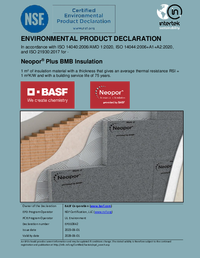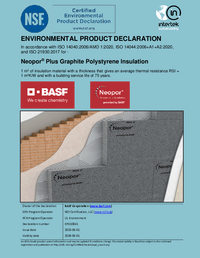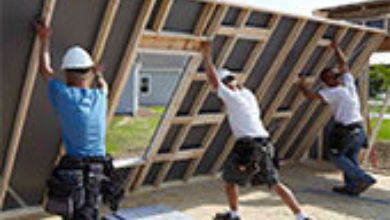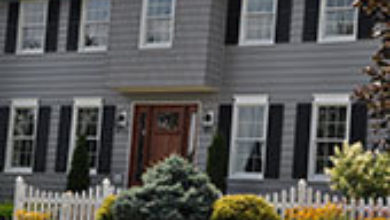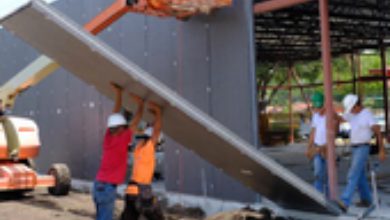Select a Resource Type to search
Downloads
Search by Brochures & Flyers
Brochures & Flyers
Search by Product Information
Product Information
Search by Installation, Handling, Packaging
Installation, Handling, Packaging
Search by Certifications
Certifications
Search by Other
Other
Search by Declarations
Declarations
Videos
Search by Other/General Video
Other/General Video
Search by About Neopor
About Neopor
Search by Project Profile
Project Profile
About Neopor
Why you want low carbon materials like Neopor in your Projects & Libraries
Watch Why you want low carbon materials like Neopor in your Projects & Libraries Watch Now
About Neopor
Sustainable Building with Neopor BMB
Watch Sustainable Building with Neopor BMB Watch Now
Courses
1 HSW
0.5 HSW
Case Studies
News & Events
Search by EventEvent
Search by Neopor NewsNeopor News
Search by Partner SpotlightPartner Spotlight
Search by Press ReleasePress Release
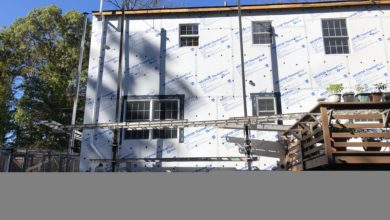
Neopor News
Jun 15, 2023
Neopor Receives Environmental Product Declarations (EPDs) for GPS Insulation
Taking a stance on sustainable solutions!
Read more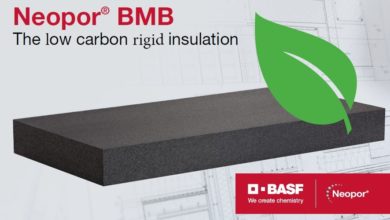
Neopor News
Aug 01, 2022
The Benefits of Balance
The future of sustainability starts with Neopor® BMB.
Read more
Neopor News
Aug 03, 2020
Win with sustainability
The building industry has long overlooked embodied carbon emissions. Learn more in this article.
Read more
Press Release
Nov 14, 2019
BASF supports EC3 tool as Pilot Partner
BASF supports sustainable construction as pilot partner for Embodied Carbon in Construction Calculator (EC3) tool
Read more



